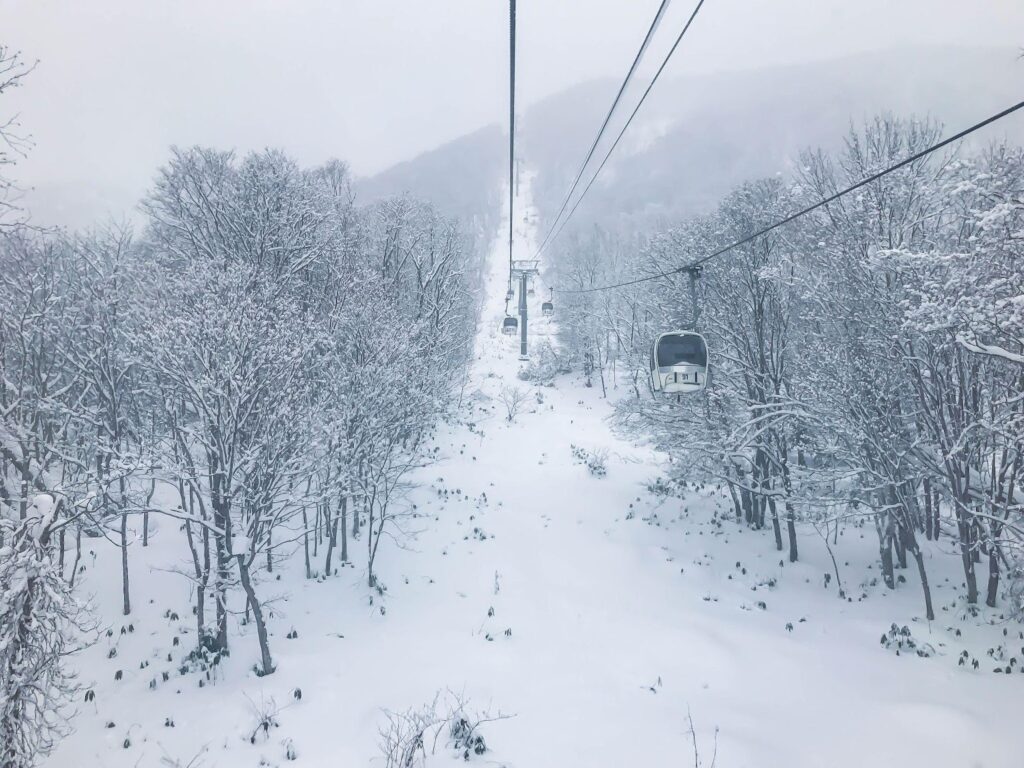As autumn fades and temperatures begin to drop, anticipation builds for one of winter’s most defining moments — the first big snowfall of the season. Whether you love the sight of fresh snow blanketing the streets or dread the early-morning shoveling, knowing when that first major storm will hit helps you prepare your home, car, and schedule.
Across the United States and Canada, millions of people rely on weather forecasting tools that do more than just predict temperature — they calculate the probability of school closures, travel delays, and storm intensity. Let’s explore how these innovative platforms are helping families on both sides of the border track the season’s first real snow event.
Why the First Snowfall Matters So Much
The first big snow of the year is more than a weather milestone — it marks the true start of winter routines.
- For families, it signals earlier mornings, heavier coats, and potential school closures.
- For drivers, it’s the time to switch to winter tires and check emergency kits.
- For city workers, it’s the kickoff of snow-clearing and road-salting operations.
Because that first major storm often arrives suddenly, the ability to predict it accurately has become essential. Early preparation means fewer surprises — and fewer accidents — when temperatures plunge overnight.
Forecasting Snow in the United States
For Americans, predicting the first major snowfall has become much easier thanks to intelligent weather technology. One of the most reliable tools for everyday families and educators is the school closing calculator.
While it’s widely known for estimating school closure probabilities, the School Closing Calculator also helps users understand snow patterns by analyzing:
- Real-time NOAA (National Oceanic and Atmospheric Administration) weather data
- Storm timing and accumulation forecasts
- Local district behavior in past years
- Road safety conditions and wind speeds
By entering a ZIP code, users can see not just the likelihood of a snow day, but also an early indication of when significant snowfall may arrive. When the calculator shows a sharp increase in closure probability, it’s often a clear sign that the first big storm of the season is approaching.
For parents and commuters alike, this insight means one thing: time to dig out the boots, stock up on hot chocolate, and prepare for winter to begin in earnest.
Canadian Forecasting: Snow Day Probability by Province
North of the border, Canadians experience an even wider range of first-snowfall dates — from mid-October in Alberta to late November in southern Ontario. Predicting exactly when the first heavy snow will arrive can be tricky, but digital tools are making it far easier.
The snow day probability feature on Snow Day Predictor helps Canadian families anticipate not only school closures, but also the seasonal transition into full winter conditions.
This tool factors in:
- Regional climate data from Environment Canada
- Historical snow patterns by province
- Wind chill, storm timing, and precipitation trends
- Local school board closure histories
For instance, a high snow day probability in late October in Manitoba often indicates the first widespread snowfall event, while Ontario’s numbers tend to rise sharply in early to mid-November. Parents, teachers, and travelers use this probability data to plan everything from winter gear purchases to holiday travel.
Cross-Border Patterns: The Snow Belt Connection
Interestingly, much of North America’s first big snowfall originates from the same systems that sweep across the Great Lakes and central plains. Meteorologists often refer to this region as the “Snow Belt” — stretching from Wisconsin through Michigan, Ontario, and up to Quebec.
When these powerful systems move eastward, they bring freezing air and heavy snow to both American and Canadian cities within hours of each other. Tracking both the school closing calculator in the U.S. and the snow day probability predictor in Canada gives residents a cross-border perspective on these weather patterns.
By monitoring both tools together, families can:
- Anticipate when the storm will cross into their region.
- See how forecasts differ across national boundaries.
- Prepare ahead of time with greater confidence.
How to Prepare for the First Big Snowfall
Whether you’re in Minnesota or Montreal, preparation is key. Before the first storm hits:
- Inspect your home heating system. Ensure furnaces are cleaned and filters replaced.
- Switch to winter tires and check tire pressure.
- Restock emergency supplies like flashlights, blankets, batteries, and salt.
- Plan for school closures — identify childcare options in advance.
- Monitor local forecasts daily using trusted predictors.
The earlier you prepare, the less disruptive that first snow will feel — even if it arrives ahead of schedule.
Why Predictive Tools Are Changing Winter Readiness
Traditional weather reports provide a broad overview, but tools like school closing calculator and snow day probability go a step further. They translate complex meteorological data into simple, actionable insights that everyday families can use.
These predictors don’t just show temperature and wind — they interpret what that means for real life: school schedules, commute safety, and daily planning. As algorithms continue to learn from each season, their accuracy improves, giving users reliable early warnings about major snow events.
Shared Preparedness Across the Border
The beauty of modern forecasting is its universality. Whether you’re checking the school closing calculator in Chicago or tracking snow day probability in Ottawa, both tools empower people to make informed decisions before the snow starts falling.
For families that live or travel across the border, using both platforms provides complete coverage — helping everyone stay in sync when weather patterns shift from state to province in just a few hours.
Final Thoughts
The first big snowfall is more than just a change in scenery — it’s the moment when winter truly begins. By combining real-time weather data with predictive algorithms, today’s snow-day calculators make it possible to anticipate that moment with remarkable precision.
Together, these tools help North Americans stay a step ahead of the season — ready to welcome the first big snowfall with preparedness, confidence, and maybe even a little excitement.






